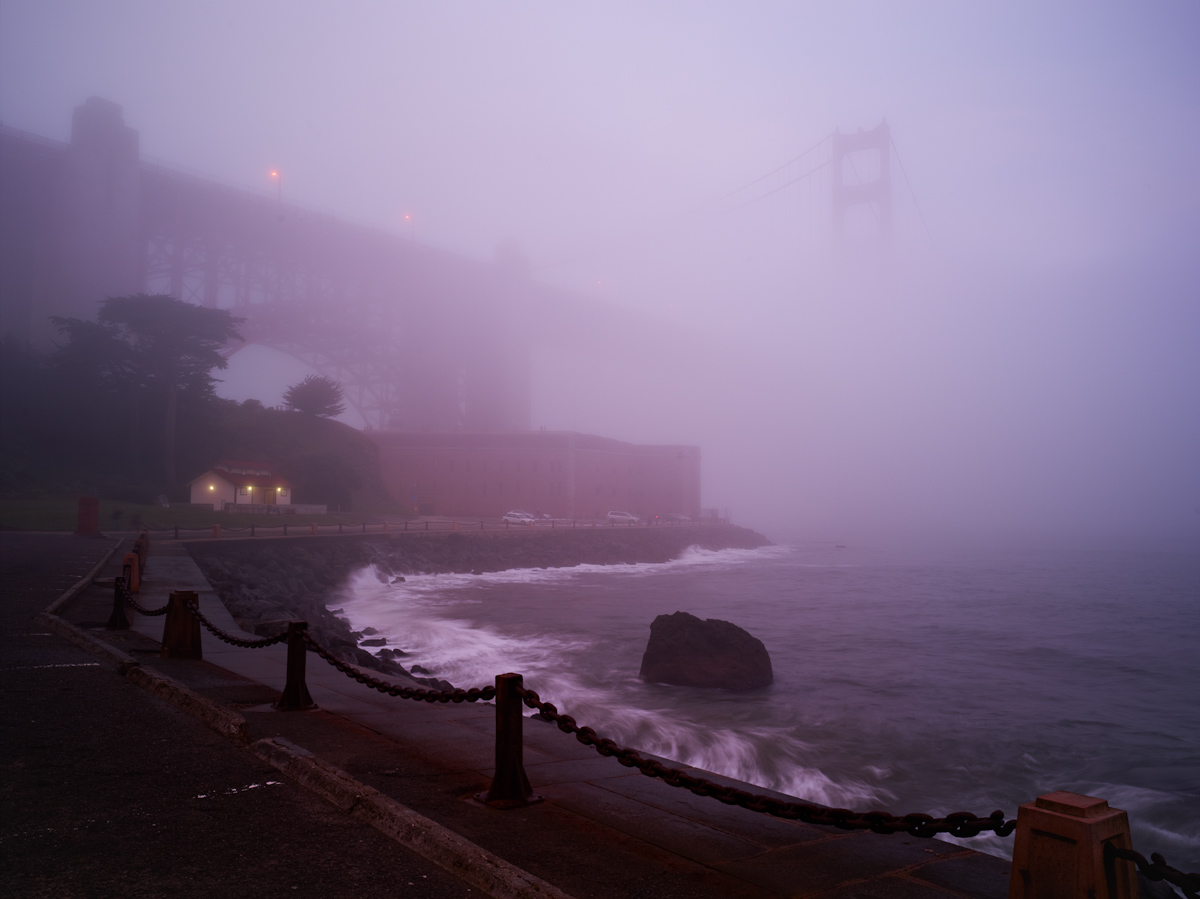here is the way I see it:
at all distances less than infinity, you are using something to judge focus: either the ground glass, the distance scale or best of all, your tethered laptop, and something to set the lens to sensor distance, usually a helical focus thread. All of these methods will have tolerance errors far in excess of .02mm. If you are satisfied with the tethered laptop as a judge of focus, none of those error tolerances will matter.
Infinity is another story. On the one hand, you can evaluate focus at infinity using the laptop, but if your helical threads and the infinity stop won't let the lens travel far enough, you simply won't get focus. This travel limit is what Alpa is adjusting by back shimming and no more, and they assume that there is sufficient uniformity between lenses that if one lens works, they all will
not sure what you are meaning here, in reference to my quote:
"Unlikely. The very nature of a lens being calibrated is that the infinity marking is calibrated since that is the reference mark for calibration. Thus, then consider that the turn of helical focus is large compared to the focus travel of the helical and that is why I believe what you stated is not correct."
at all distances less than infinity, you are using something to judge focus: either the ground glass, the distance scale or best of all, your tethered laptop, and something to set the lens to sensor distance, usually a helical focus thread. All of these methods will have tolerance errors far in excess of .02mm. If you are satisfied with the tethered laptop as a judge of focus, none of those error tolerances will matter.
Infinity is another story. On the one hand, you can evaluate focus at infinity using the laptop, but if your helical threads and the infinity stop won't let the lens travel far enough, you simply won't get focus. This travel limit is what Alpa is adjusting by back shimming and no more, and they assume that there is sufficient uniformity between lenses that if one lens works, they all will
not sure what you are meaning here, in reference to my quote:
"Unlikely. The very nature of a lens being calibrated is that the infinity marking is calibrated since that is the reference mark for calibration. Thus, then consider that the turn of helical focus is large compared to the focus travel of the helical and that is why I believe what you stated is not correct."


